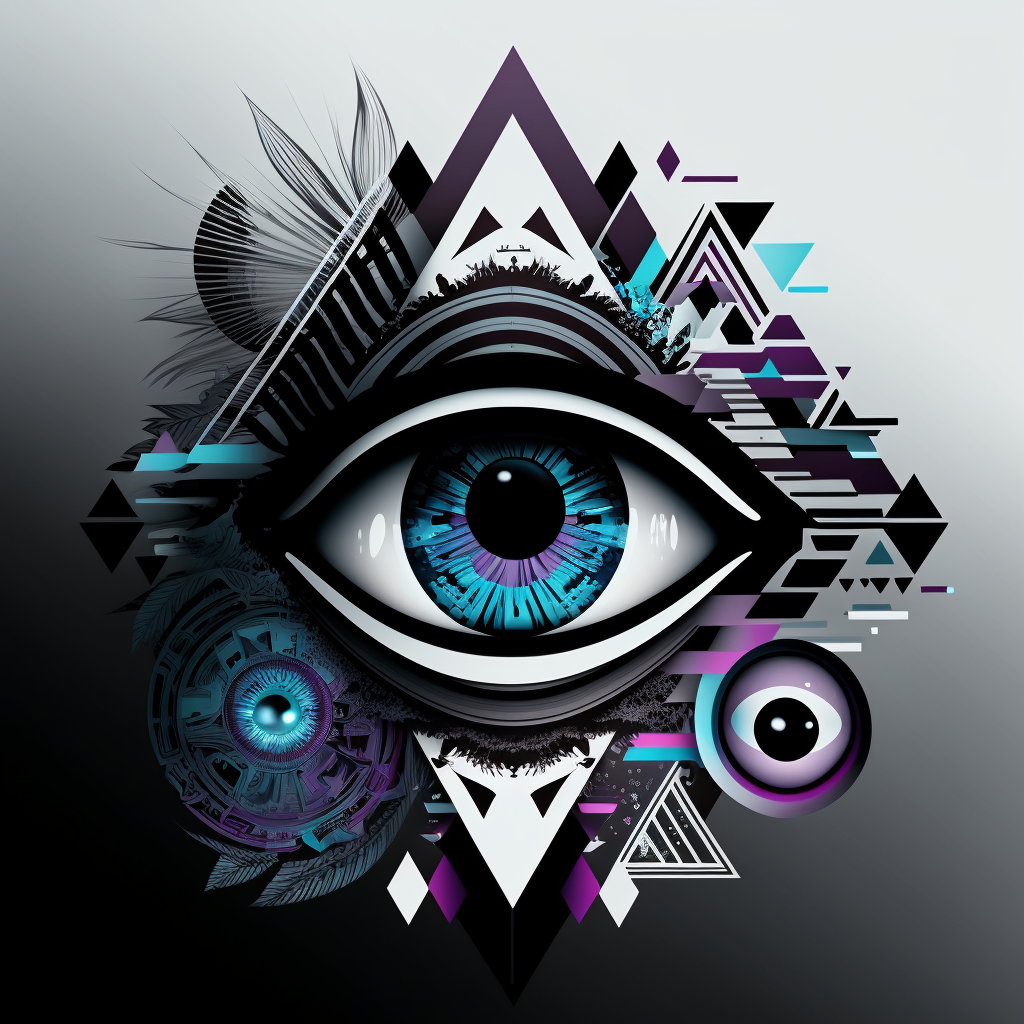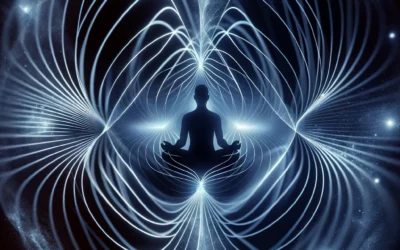Introduction
Symbolism has been an essential part of human history, shaping our understanding of the world around us and influencing our behavior. This article will explore the connection between the use of symbolism in occult magic, as described by Greer (2003), and its modern-day application in political campaigns, advertising, and corporate logos, as analyzed by Williamson (1978). By examining these seemingly disparate areas, we can gain a better understanding of the pervasive impact of symbolism in contemporary society.
Occult Magic and Symbolism
Occult magic, a practice rooted in ancient traditions, relies heavily on the use of symbols and ceremonies to exert power and influence. As Greer (2003) explains, practitioners of occult magic believe that symbols can be charged with energy, allowing them to tap into hidden forces within the universe. Through the proper use of these symbols, magicians aim to manifest desired outcomes, such as protection, healing, or prosperity.
Symbolism in this context serves as a conduit for the transfer of energy, with practitioners using specific symbols to represent abstract ideas or concepts. Greer (2003) states, “Symbols are the language of magic, and they function as a bridge between the conscious and unconscious mind, allowing the magician to access and manipulate the energies associated with the symbol” (p. 42).
Furthermore, occult magic often draws upon the power of archetypal symbols, which are deeply ingrained in the collective unconscious. As Greer (2003) notes, “These archetypal symbols tap into universal human experiences, enabling the magician to work with energies that transcend time and culture” (p. 55). This connection to archetypes underscores the enduring relevance and potency of symbolism within the practice of occult magic.
Modern-Day Symbolism: Political Campaigns
In contemporary society, symbolism plays a crucial role in shaping public opinion and consumer behavior. Williamson (1978) examines the use of symbols and imagery in political campaigns, arguing that these visual cues hold significant persuasive power.
Political campaigns, for instance, employ symbols such as flags, slogans, and colors to evoke specific emotions, values, and ideologies. Williamson (1978) states, “The symbols used in political campaigns are carefully crafted to create a particular image of the candidate, often tapping into deeply held beliefs and values of the target audience” (p. 104). This strategic use of symbolism enables politicians to appeal to voters on an emotional level, bypassing the rational mind and directly influencing the subconscious.
In addition to creating emotional connections, political symbolism can also function as a means of reinforcing group identity. Through the use of shared symbols, political parties and movements can cultivate a sense of belonging and unity among their supporters. This fosters loyalty and commitment to the cause, further demonstrating the power of symbolism in shaping human behavior.
Modern-Day Symbolism: Advertising
Advertising is another arena in which symbolism is employed to great effect. Advertisements utilize images and symbols to associate products with desirable qualities, such as success, happiness, or attractiveness. This subtle manipulation of symbolism influences consumer behavior, as individuals are more likely to purchase products that resonate with their values and aspirations.
Williamson (1978) explores the concept of “sign value” in advertising, which refers to the meaning and associations that consumers attach to a product based on its symbolic content. She argues that advertisers exploit this sign value by carefully selecting symbols that evoke positive emotions and convey desirable attributes. In this way, the power of symbolism is harnessed to drive consumer choices and reinforce brand loyalty.
Modern-Day Symbolism: Corporate Logos
Corporate logos, too, have become essential tools for companies to establish their identity and differentiate themselves from competitors. Williamson (1978) explains, “Corporate logos serve as visual shorthand for the company’s brand, encapsulating its values, mission, and personality in a single, recognizable symbol” (p. 198). These symbols have become ingrained in the public consciousness, allowing companies to exert influence over consumer preferences and loyalty.
The design of corporate logos often incorporates elements that elicit specific emotional responses or convey particular meanings. For example, a logo may employ colors that are traditionally associated with certain emotions, such as blue for trust and stability, or red for passion and energy. Similarly, the choice of shapes and imagery within a logo can carry symbolic weight, with circles often representing unity and completeness, while angular shapes can signify strength and stability.
As such, corporate logos serve not only as identifiers for a company, but also as tools for shaping consumer perceptions and associations. By strategically employing symbolism in their logos, companies can create powerful, lasting impressions that foster brand recognition and loyalty.
Conclusion
The use of symbolism in both occult magic and contemporary society demonstrates the enduring power of symbols to influence human behavior and shape our understanding of the world. As Greer (2003) and Williamson (1978) show, symbols can be potent vehicles for transferring energy and ideas, whether in the realm of the mystical or the marketplace. By recognizing the pervasive influence of symbolism, we can better comprehend the forces that shape our perceptions, choices, and actions.
In conclusion, the analysis of symbolism in occult magic, political campaigns, advertising, and corporate logos reveals the deep-seated power that symbols hold over the human psyche. From ancient rituals to modern-day marketing, the strategic use of symbolism has proven effective in influencing behavior, evoking emotions, and communicating complex ideas.
As we continue to navigate an increasingly complex and interconnected world, it is essential to recognize the role that symbolism plays in shaping our experiences and understanding. By cultivating an awareness of the underlying meanings and associations embedded in the symbols that surround us, we can develop a more nuanced and critical perspective on the forces that influence our lives.
References Greer, J. M. (2003). The new encyclopedia of the occult. St. Paul, MN: Llewellyn Publications.
Williamson, J. (1978). Decoding advertisements: Ideology and meaning in advertising. London, UK: Marion Boyars Publishers Ltd.




